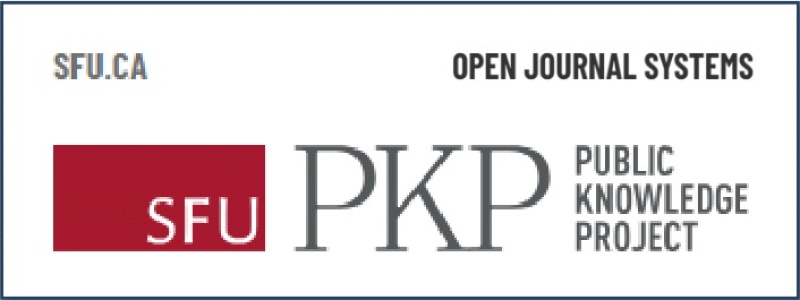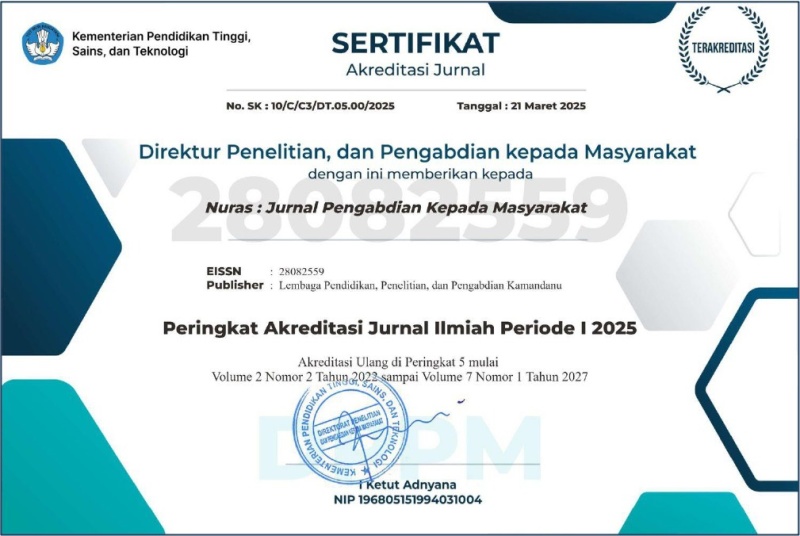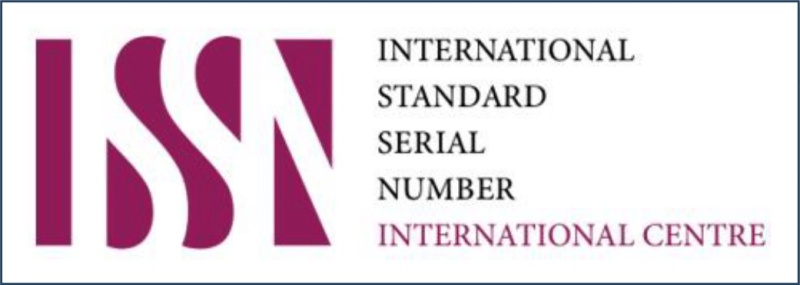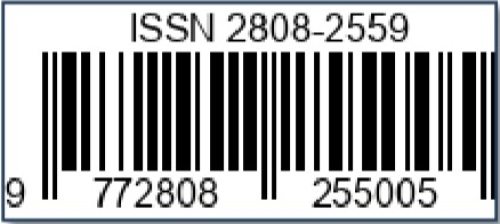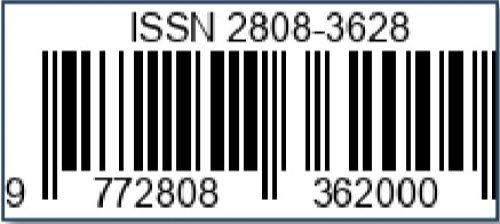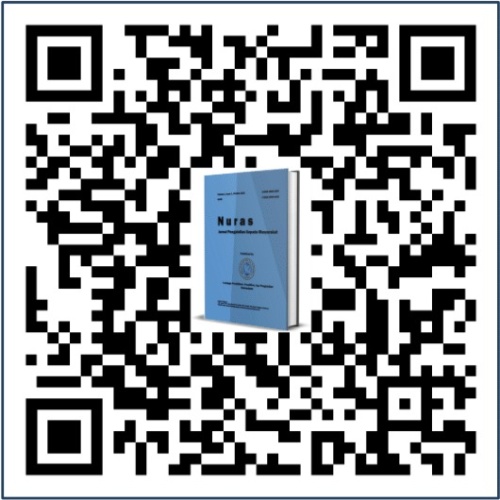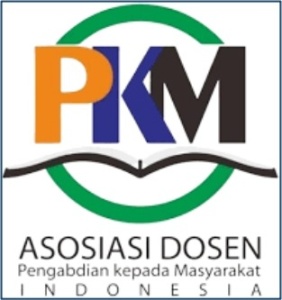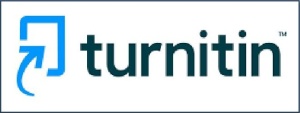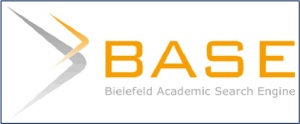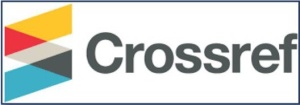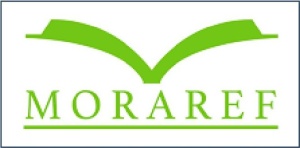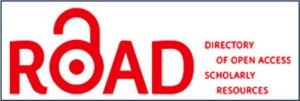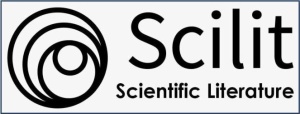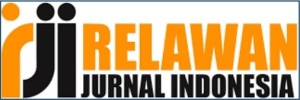Sosialisasi Pentingnya Mengetahui dan Identifikasi Bahan Tambah Pangan (Kimia) pada Makanan
DOI:
https://doi.org/10.36312/njpm.v2i1.71Keywords:
Socialization, Food Additives (FA), Identification, Borax.Abstract
Food Additives (FA) are ingredients/mixtures which are not naturally part of food raw materials, but are added to food with the aim of influencing the nature or shape of the food. Food additives are usually widely used by food industry companies as ingredients that can produce food structures that attract the attention of consumers and obtain large profits with the smallest capital. Lack of public knowledge about the dangers and how to identify Food Additives (FA) is one of the factors that many people continue to consume without thinking about the impacts that occur. The long-term impact of consuming Food Additives (FA) is the emergence of various diseases such as cancer, tumors, kidney disease, sore throat and others. This is especially true for elementary school children who really like to consume sweet, colorful, tasteful and eye-catching foods that are sold freely around their school environment. The aim of this community service is to become a means to share information on chemical food additives and simple ways to detect these food additives. From the results of the socialization, elementary school children were taught how to identify foods that contain borax in a very simple and very easy way to do so that it can be the first step in protecting themselves from consuming foods that contain dangerous food additives.
Downloads
References
Halim, A. A., Roslan, N. A., Yaacub, N. S., & Latif, M. T. (2013). Boron Removal from Aquaous Solution Using Curcumin-Impregnated Activated Carbon. Journal of Environmental Biology, 42(9), 1-8. http://doi.org/10.22438/jeb/42/3(SI)/JEB-03
Hardiana., Safrida, Y. D., Adriani, A., Raihanaton., & Maulidda, S. (2020). Identifikasi Kandungan Boraks terhadap Roti Bantal Komersil dan Tradisional di Kecamatan Blang Pidie. Lantanida Journal, 8(1), 1-11. http://dx.doi.org/10.22373/lj.v8i1.6344
Kusuma, D., & Utami, M. (2016). Identifikasi Boraks pada Tahu yang Beredar di Pasar Giwangan Yogyakarta Periode Februari 2016. Jurnal Kefarmasian Akfarindo, 1(1), 73-77. https://doi.org/10.37089/jofar.v0i0.12
Nasution, R. R. (2019). Identifikasi Zat Pengawet Boraks pada Bakso yang Beredar di Jalan Setia Budi Medan. Tugas Akhir. Universitas Sumatera Utara Medan.
Notoatmodjo, S. (2005). Metodologi Penelitian Kesehatan. Jakarta: PT. Rineka Cipta.
Panjaitan, L. (2010). Pemeriksaan dan Penetapan Kadar Boraks dalam Bakso di Kota Madya Medan. Skripsi. Universitas Sumatera Utara.
Rumanta, M., Iryani, K., & Ratnaningsih, A. (2016). Analisis Kandungan Boraks pada Jajanan Pasar di Wilayah Kecamatan Pamulang, Tangerang Selatan. Jurnal Matematika Sains dan Teknologi (JMST), 17(1), 40-49. https://doi.org/10.33830/jmst.v17i1.186.2016
See, A. S., Salleh, A. B., Bakar, F. A., Yusof, N. A., Abdulamir, A. S., & Heng, L. Y. (2010). Risk and Health Effect of Boric Acid. American Journal of Applied Sciences, 7(5), 1-8. https://doi.org/10.3844/ajassp.2010.620.627
Wahyudi, J. (2017). Mengenali Bahan Tambahan Pangan Berbahaya. Jurnal Litbang : Media Informasi Penelitian, Pengembangan dan IPTEK, 13(1), 1-10. https://doi.org/10.33658/jl.v13i1.88
Widayat, D. (2011). Uji Kandungan Boraks pada Bakso (Studi pada Warung Bakso di Kecamatan Sumbersari Kabupaten Jember). Skripsi. Universitas Jember.

Downloads
Published
How to Cite
Issue
Section
License
Copyright (c) 2022 Untari, Reni Permata, & Evi Hudriyah Hukom

This work is licensed under a Creative Commons Attribution-ShareAlike 4.0 International License.
-
Attribution — You must give appropriate credit, provide a link to the license, and indicate if changes were made. You may do so in any reasonable manner, but not in any way that suggests the licensor endorses you or your use.
-
ShareAlike — If you remix, transform, or build upon the material, you must distribute your contributions under the same license as the original.

